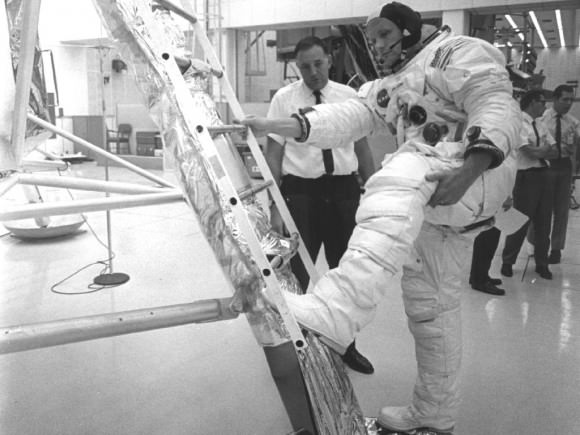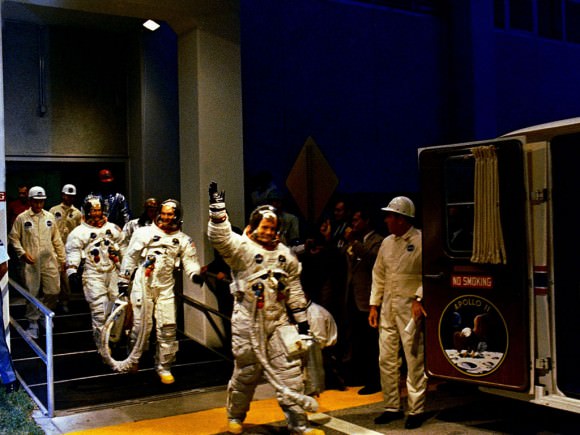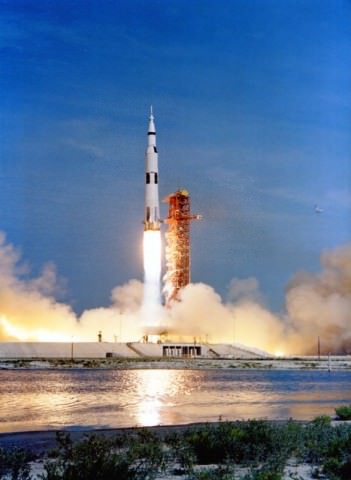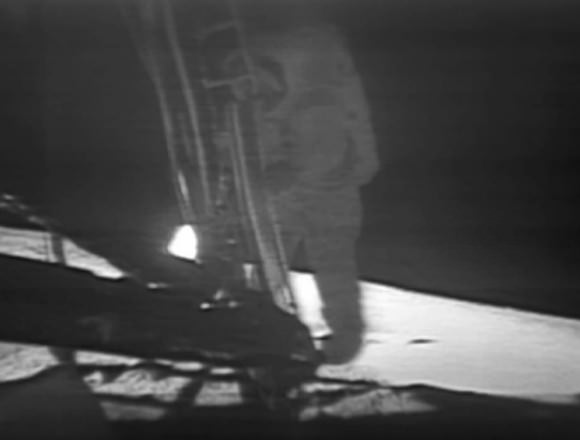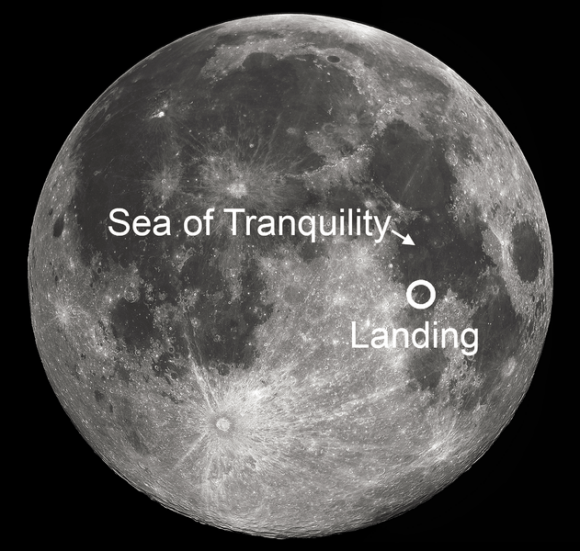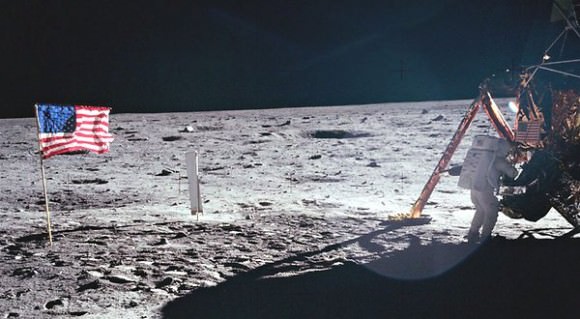
Buzz Aldrin – the second man to walk on the Moon – is recovering nicely today in a New Zealand hospital after an emergency medical evacuation cut short his record setting Antarctic expedition as the oldest man to reach the South Pole – which Team Buzz lightheartly noted would make him “insufferable”!
“He’s recovering well in NZ [New Zealand],” Team Buzz said in an official statement about his evacuation from the South Pole.
Apollo 11 moonwalker Buzz Aldrin, who followed Neil Armstrong in descending to the lunar surface in 1969 on America’s first Moon landing mission, had to be suddenly flown out of the Admunsen-Scott Science Station late last week per doctors orders after suffering from shortness of breath and lung congestion during his all too brief foray to the bottom of the world.
He was flown to a hospital in Christchurch, New Zealand for emergency medical treatment on Dec. 1.
Upon learning from the National Science Foundation (NSF) that Aldrin “now holds the record as the oldest person to reach the South Pole at the age of 86,” his Mission Director Christina Korp jokingly said: ‘He’ll be insufferable now.”
“Buzz Aldrin is resting in hospital in Christchurch, New Zealand. He still has some congestion in his lungs so has been advised not to take the long flight home to the States and to rest in New Zealand until it clears up,” Team Buzz said in an official statement on Dec. 3.
Buzz had been at the South Pole for only a few hours when he took ill, apparently from low oxygen levels and symptoms of altitude sickness.
“I’m extremely grateful to the National Science Foundation (NSF) for their swift response and help in evacuating me from the Admunsen-Scott Science Station to McMurdo Station and on to New Zealand. I had been having a great time with the group at White Desert’s camp before we ventured further south. I really enjoyed the time I spent talking with the Science Station’s staff too,” said Aldrin from his hospital room in a statement.
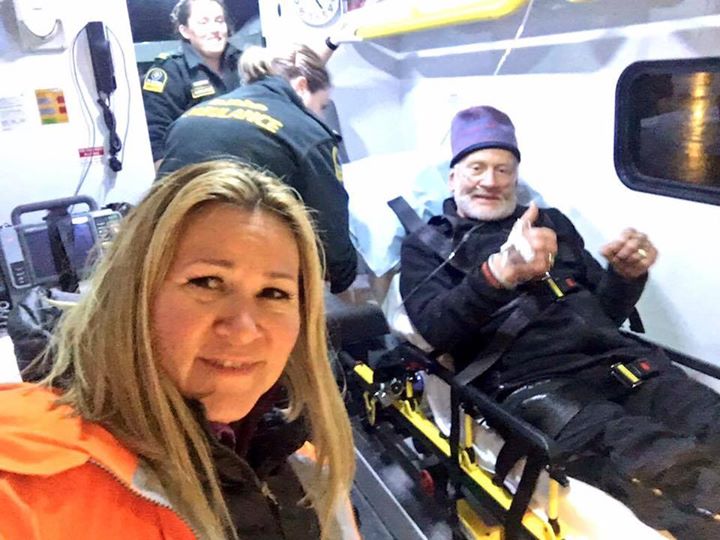
Prior to the planned Antarctic journey, his doctors had cleared him to take the long trip – which he views as “the capstone of his personal exploration achievements”.
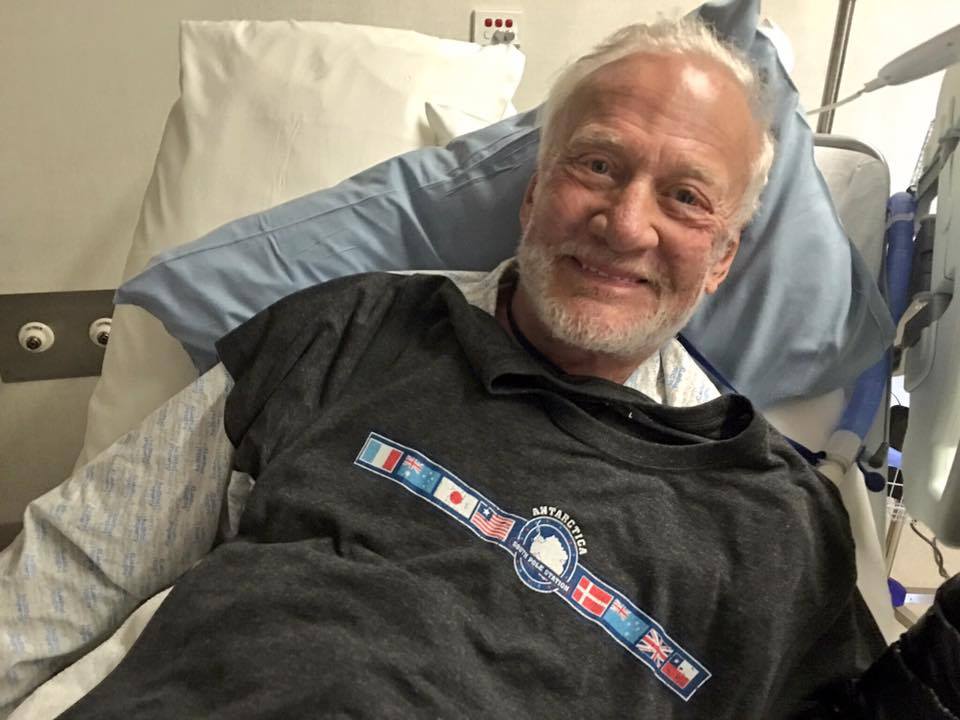
Buzz’s goal in visiting the South Pole was to see “what life could be like on Mars” – which he has been avidly advocating as the next goal for a daring human spaceflight journey to deep space.
“His primary interest in coming to Antarctica was to experience and study conditions akin to Mars that are more similar there than any other place on earth,” Team Buzz elaborated.
He had hoped to speak more to the resident scientists about their research but it was all cut short by his sudden illness.
“I started to feel a bit short of breath so the staff decided to check my vitals. After some examination they noticed congestion in my lungs and that my oxygen levels were low which indicated symptoms of altitude sickness. This prompted them to get me out on the next flight to McMurdo and once I was at sea level I began to feel much better. I didn’t get as much time to spend with the scientists as I would have liked to discuss the research they’re doing in relation to Mars. My visit was cut short and I had to leave after a couple of hours. I really enjoyed my short time in Antarctica and seeing what life could be like on Mars,” Aldrin explained.
Buzz also thanked everyone who sent him well wishes.
“Finally, thanks to everyone from around the world for their well wishes and support. I’m being very well looked after in Christchurch. I’m looking forward to getting home soon to spend Christmas with my family and to continue my quest for Cycling Pathways and a permanent settlement on Mars. You ain’t seen nothing yet!”, concluded Aldrin.
I recently met Buzz Aldrin at the Kennedy Space Center Visitor Complex in Florida, as part of the Grand Opening of the new ‘Destination Mars’ attraction.
Destination Mars is a holographic exhibit at the Kennedy Space Center visitor complex in Florida. Be sure to catch it soon because the limited time run end on New Year’s Day 2017.
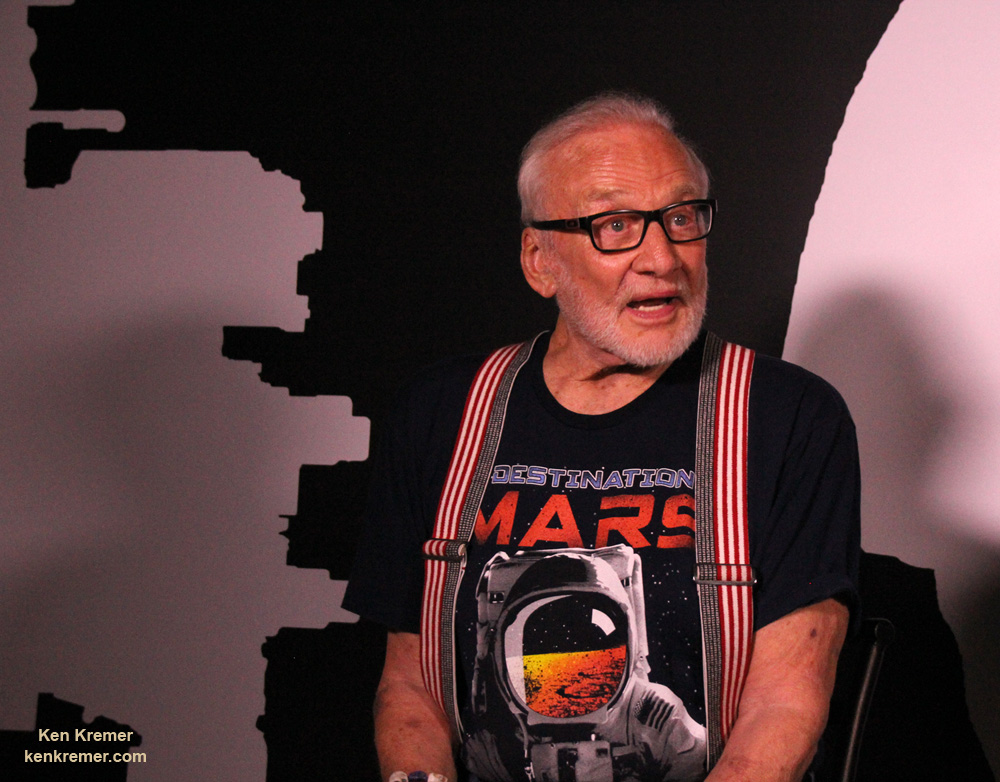
The new ‘Destination Mars’ limited engagement exhibit magically transports you to the surface of the Red Planet via Microsoft HoloLens technology.
It literally allows you to ‘Walk on Mars’ using real imagery taken by NASA’s Mars Curiosity rover and explore the alien terrain, just like real life scientists on a geology research expedition – with Buzz Aldrin as your guide.
Here’s my Q & A with moonwalker Buzz Aldrin speaking to Universe Today at Destination Mars:
Video Caption: Buzz Aldrin at ‘Destination Mars’ Grand Opening at KSCVC. Apollo 11 moonwalker Buzz Aldrin talks to Universe Today/Ken Kremer during Q&A at ‘Destination Mars’ Holographic Exhibit Grand Opening ceremony at Kennedy Space Center Visitor Complex (KSCVC) in Florida on 9/18/16. Credit: Ken Kremer/kenkremer.com
And Buzz seemed quite healthy for the very recent Grand Opening of the new ‘Heroes and Legends’ exhibit on Nov. 11 at the Kennedy Space Center Visitor Complex.
Stay tuned here for Ken’s continuing Earth and Planetary science and human spaceflight news.
………….
Learn more about ULA Delta 4 launch on Dec 7, GOES-R weather satellite, Heroes and Legends at KSCVC, OSIRIS-REx, InSight Mars lander, ULA, SpaceX and Orbital ATK missions, Juno at Jupiter, SpaceX AMOS-6 & CRS-9 rocket launch, ISS, ULA Atlas and Delta rockets, Orbital ATK Cygnus, Boeing, Space Taxis, Mars rovers, Orion, SLS, Antares, NASA missions and more at Ken’s upcoming outreach events:
Dec 5-7: “ULA Delta 4 Dec 7 launch, GOES-R weather satellite launch, OSIRIS-Rex, SpaceX and Orbital ATK missions to the ISS, Juno at Jupiter, ULA Delta 4 Heavy spy satellite, SLS, Orion, Commercial crew, Curiosity explores Mars, Pluto and more,” Kennedy Space Center Quality Inn, Titusville, FL, evenings


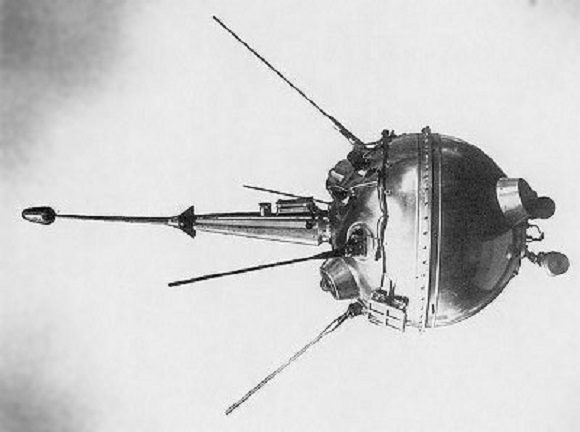
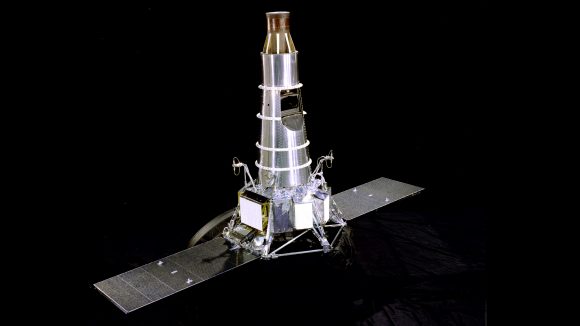
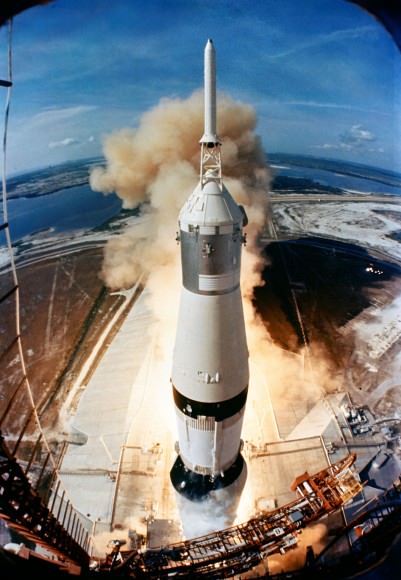
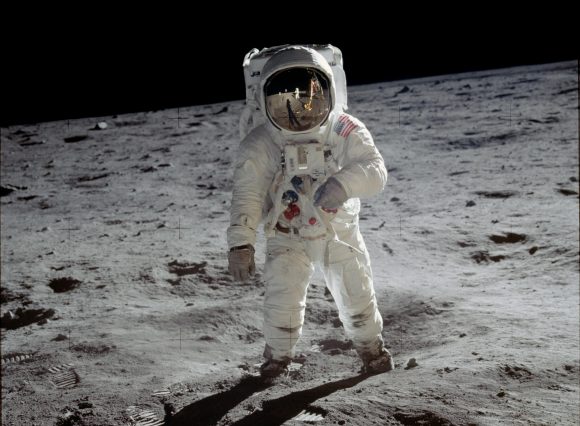

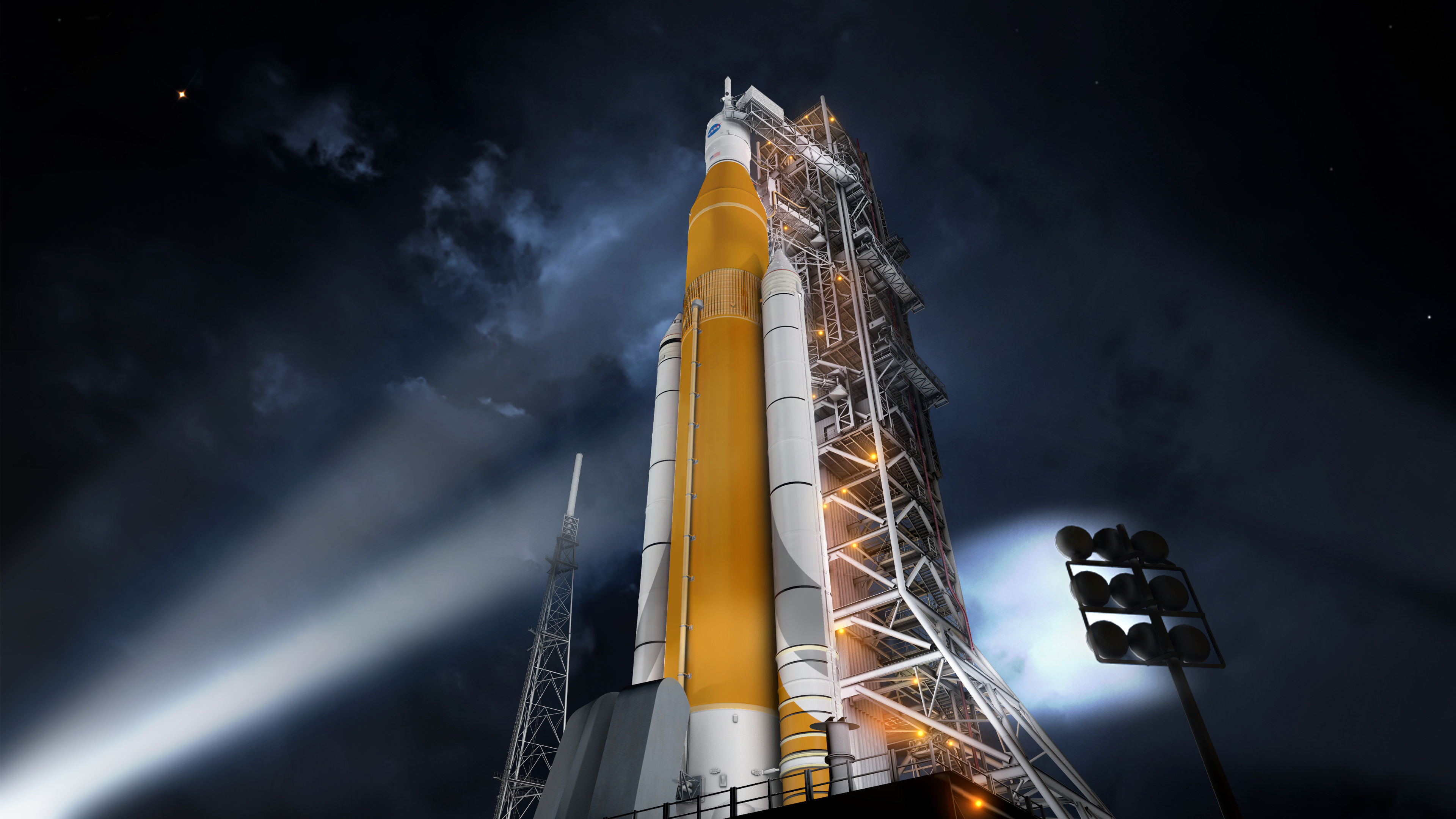

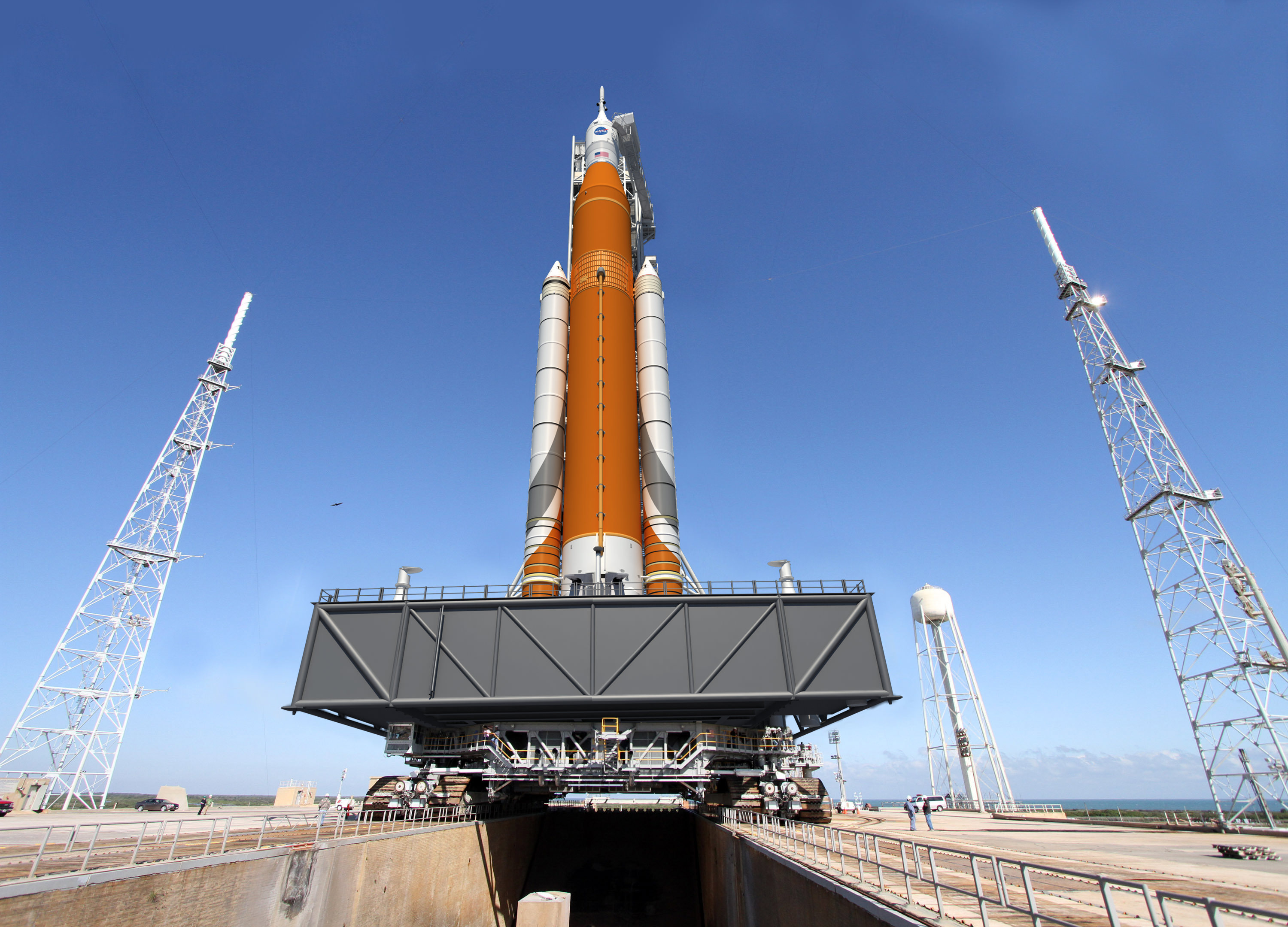
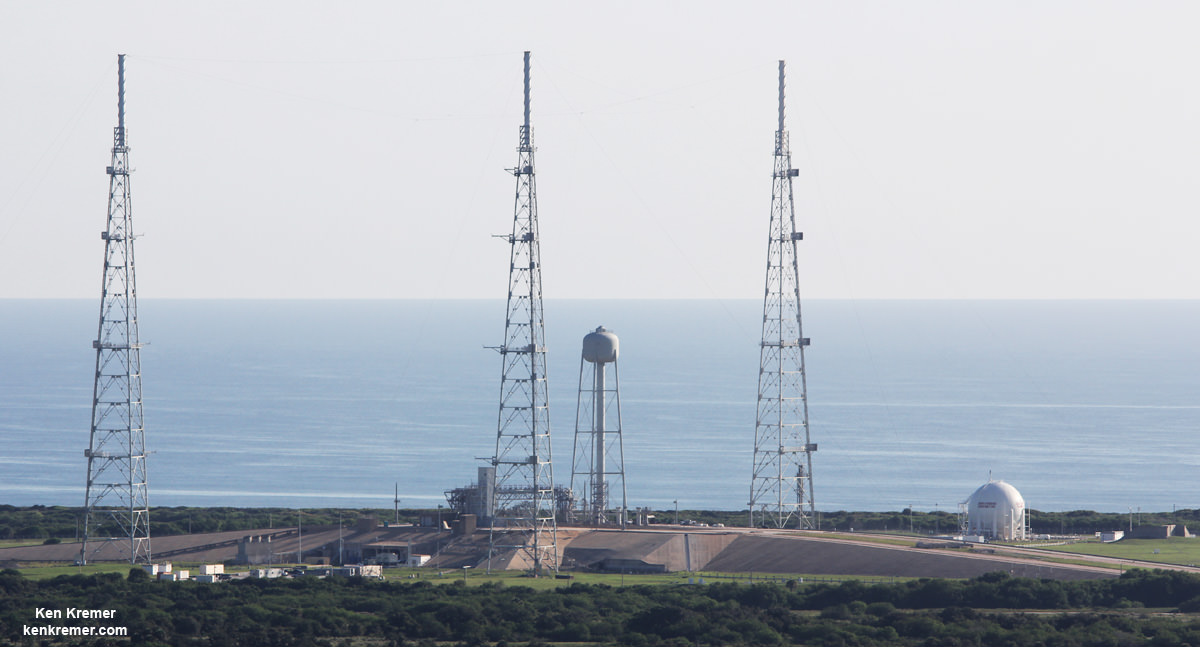
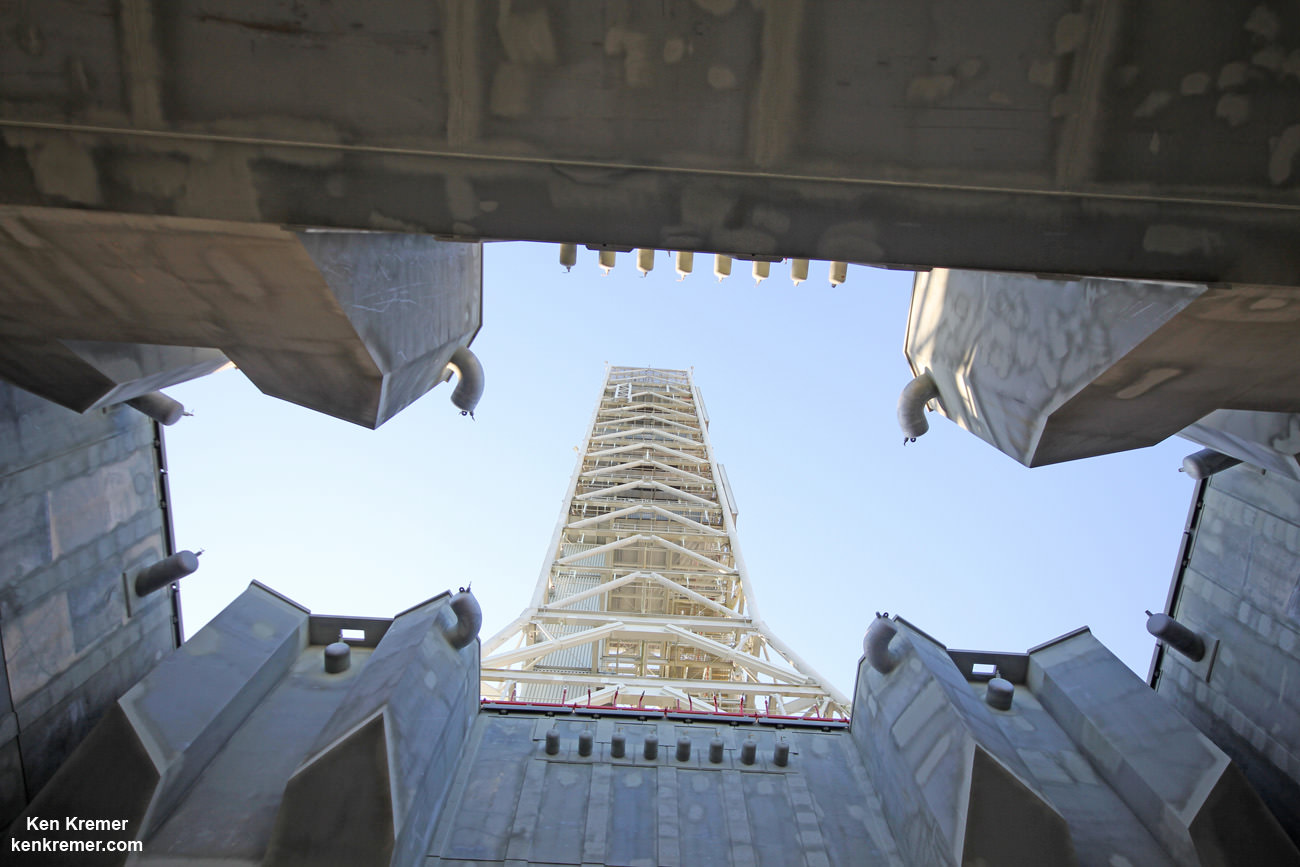
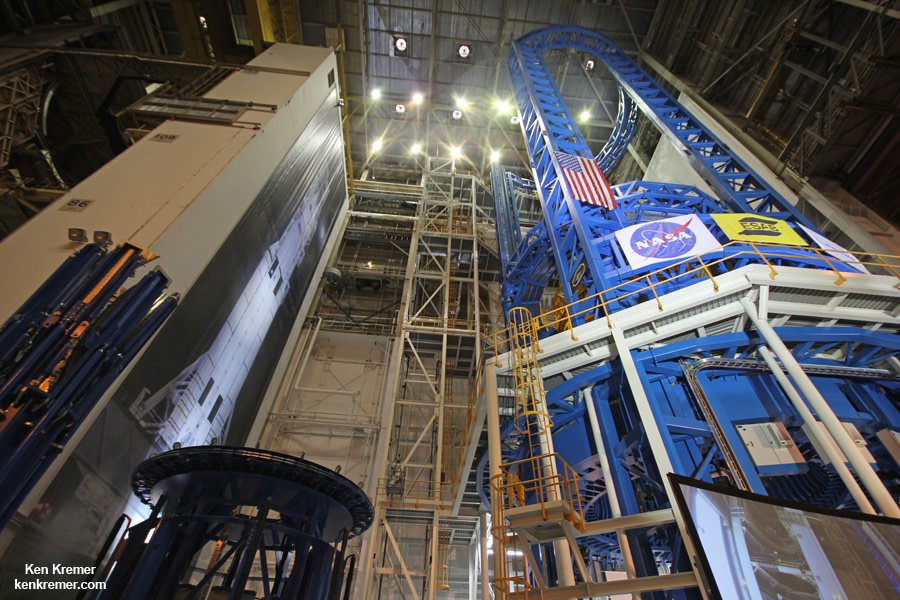
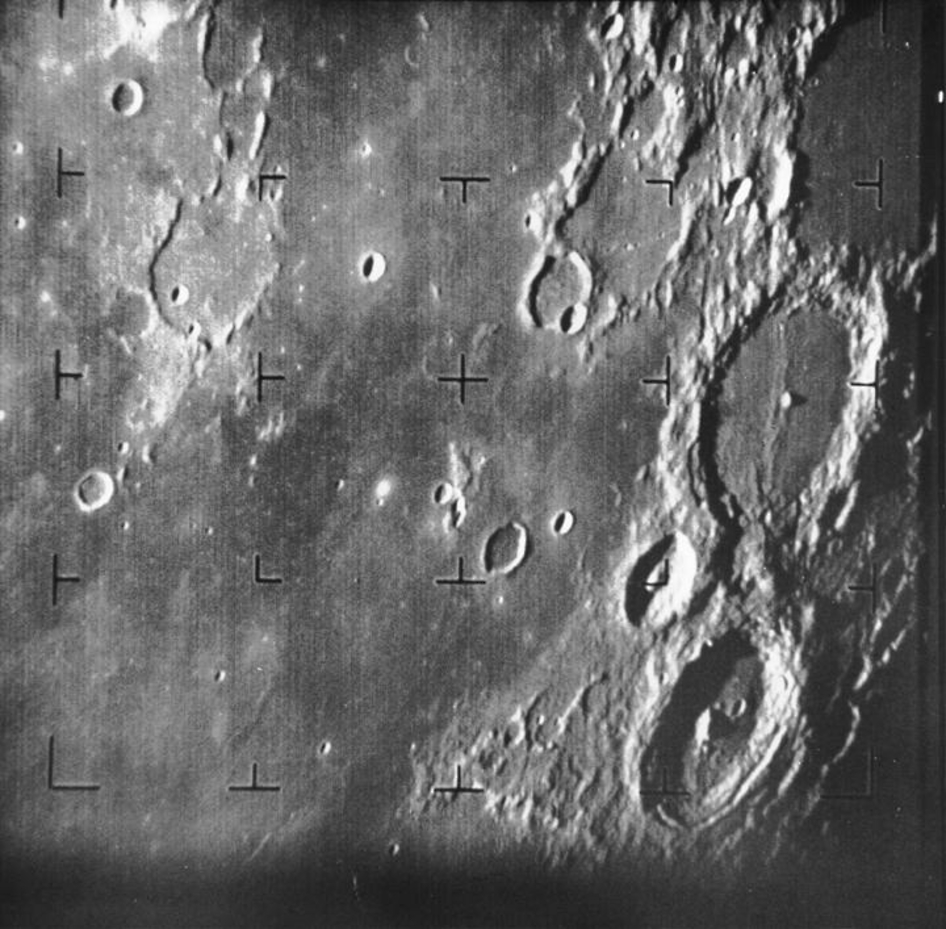
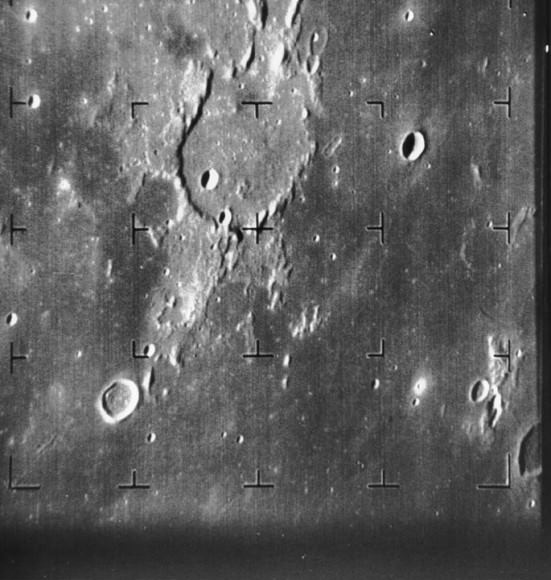


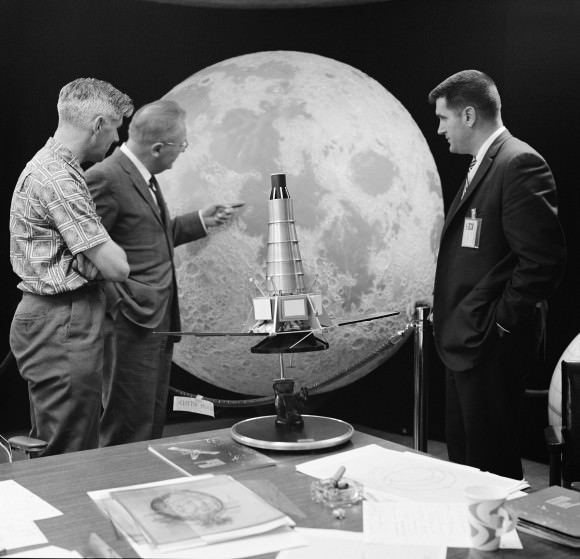
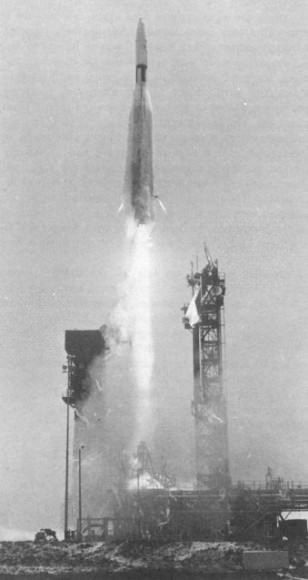
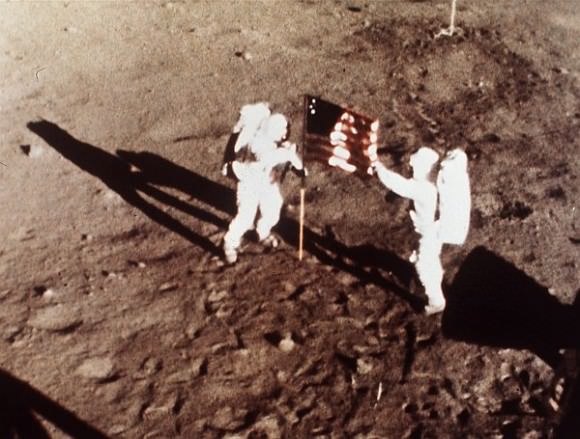
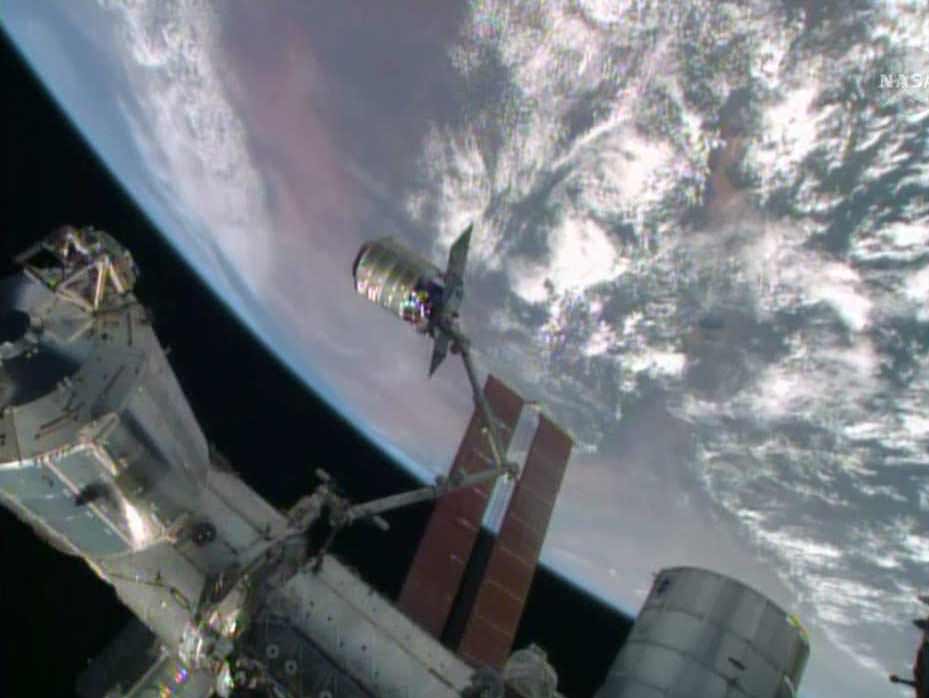
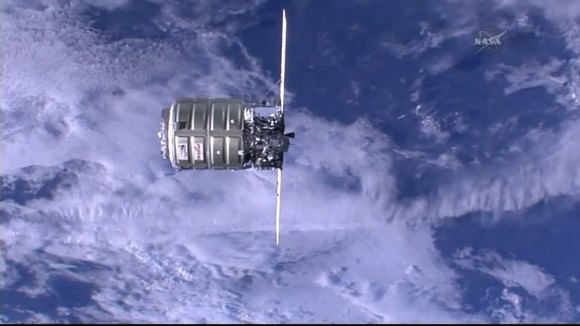
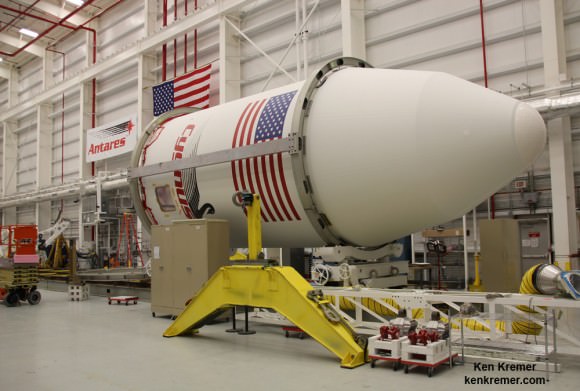
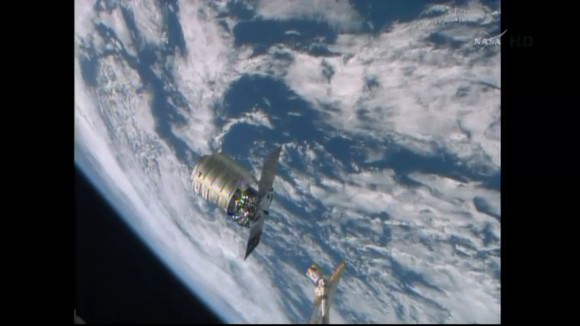
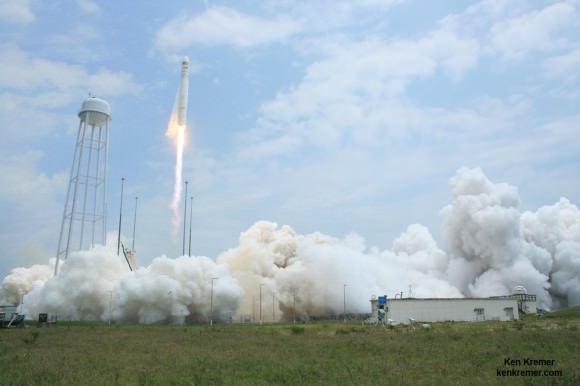
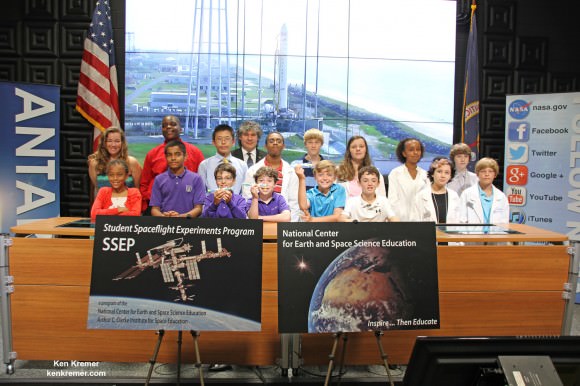
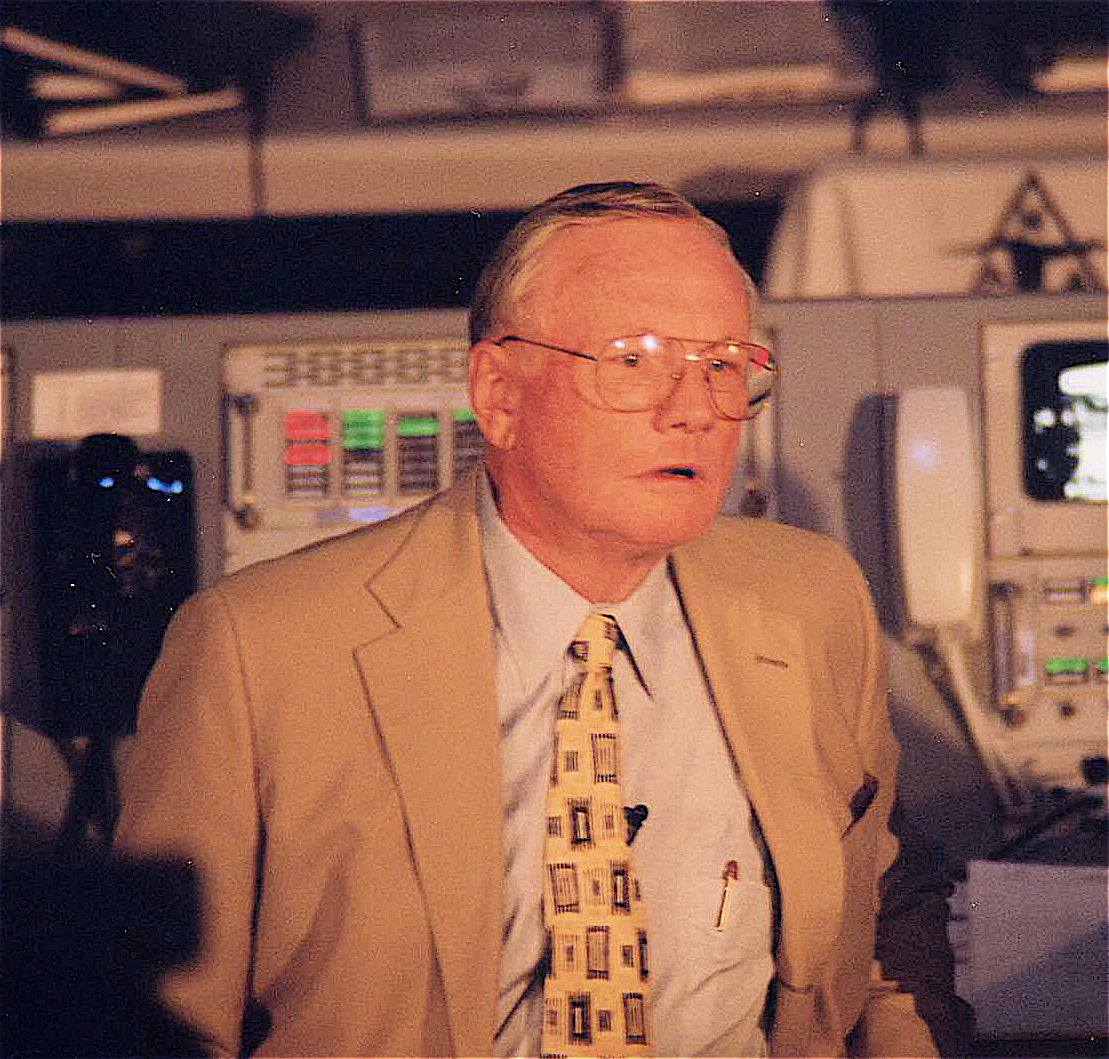
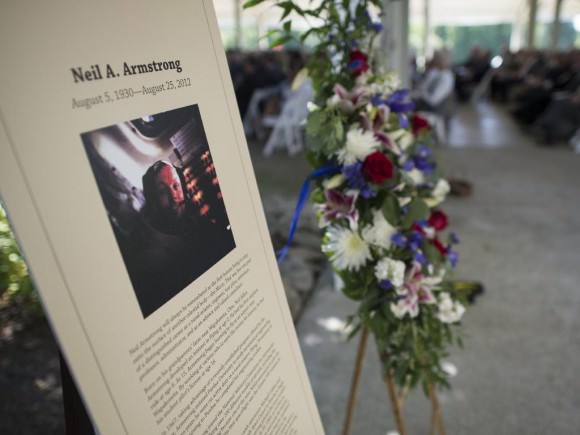
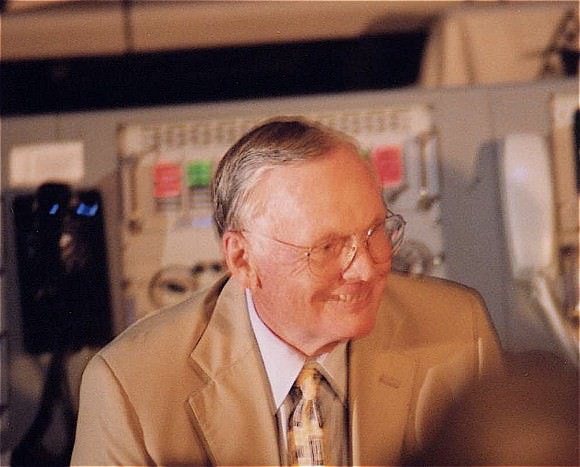
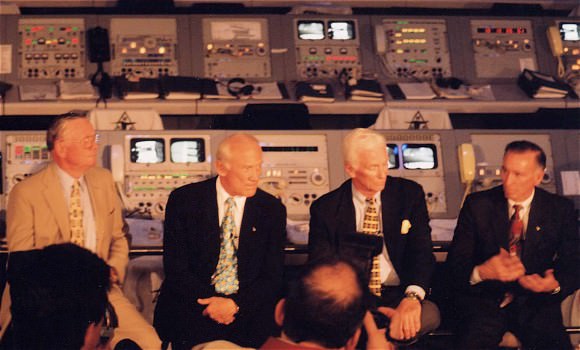
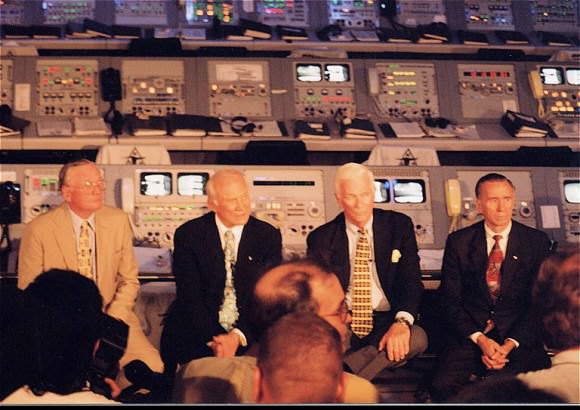
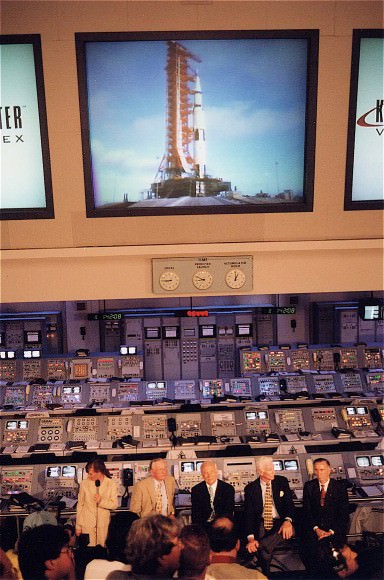
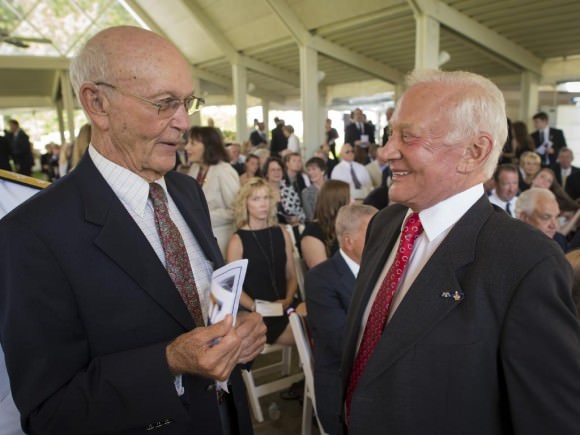
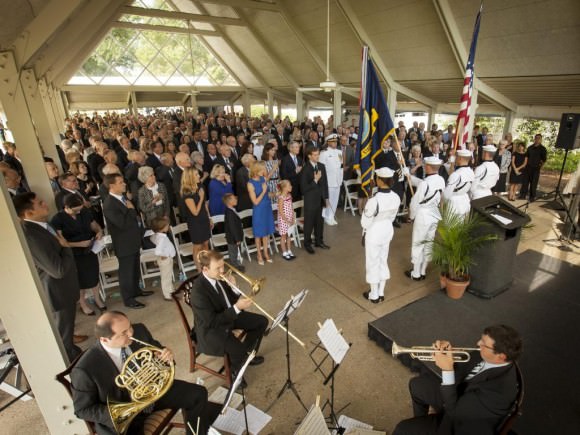
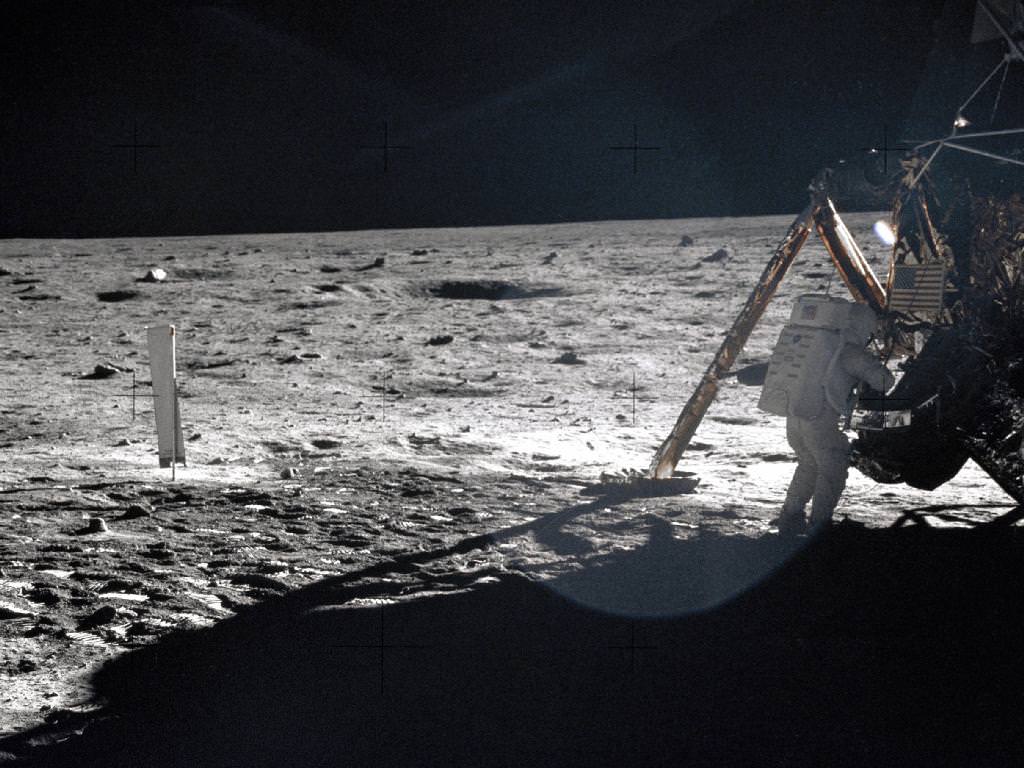
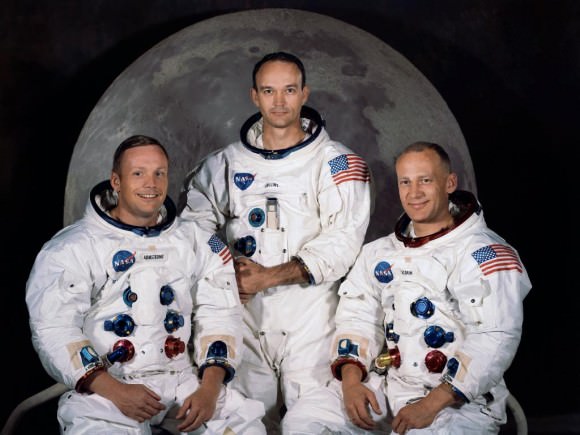
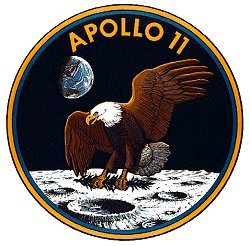

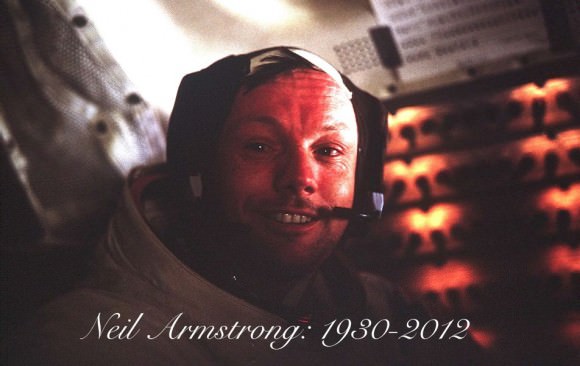
![246074main_E60-6286_1600_1024-768[1]](https://www.universetoday.com/wp-content/uploads/2012/08/246074main_E60-6286_1600_1024-7681-580x435.jpg)
